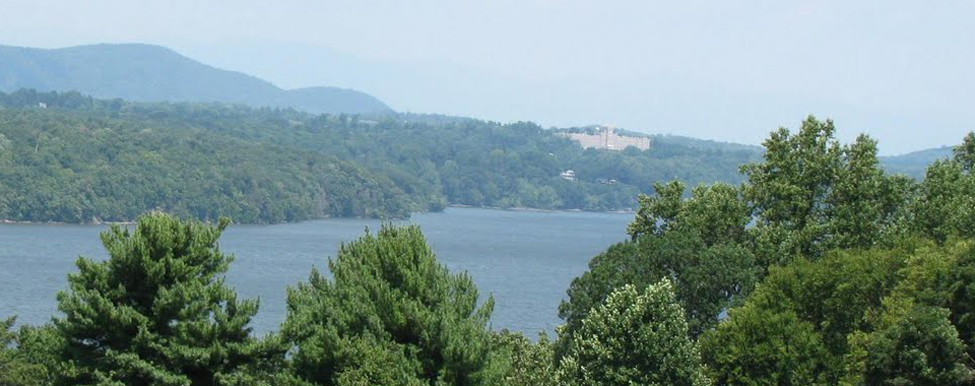Hyde and Seek
Historic Homes of Hyde Park
Driving along Route 9 through Hyde Park, NY, it is easy to see the town as a long strip of commercial businesses sprawled along a country road, but rarely does one find a greater concentration of significant historic sites.
The town is most famously the boyhood home of Franklin Delano Roosevelt. Springwood, set just off the main road, was his birthplace and the place he returned to throughout his eventful life to restore himself, especially as he dealt with the monumental challenges of the Great Depression and World War II.
During his lifetime, Roosevelt arranged for the property to be transferred to the National Park Service, thus ensuring that the house would be a remarkable memorial to the life of a president many historians rank second only to Lincoln and Washington.
Here one finds not only the family home, but also the nation’s first presidential library and an impressive museum recently redesigned to introduce a new generation of visitors to his legacy and that of his formidable wife, Eleanor.
Visitors are invited to Confront the Issues at 10 interactive touch screens located throughout the museum, issues as controversial as Japanese American Internment, FDR and the Holocaust, FDR's Health and Did the New Deal Really Work? They are enticed to sit in historically accurate settings to listen to FDR’s Fireside Chats, radio broadcasts in which he spoke directly to the people about issues of the day. The 500-square-foot Map Room exhibit recreates FDR’s secret White House Map Room.
Springwood belonged to Sarah Roosevelt, FDR’s possessive mother, and her daughter-in-law never felt at home there. As she began to assert her individuality in the 1920s, Eleanor Roosevelt longed for a place of her own and in 1925 built Val-Kill, where she relaxed with friends and family. Val-Kill has entertained a gamut of visitors, from common workers to presidents and is today a memorial to a complex humanitarian.
By the 1920s, Eleanor and FDR led largely separate lives and in 1937 he took inspiration from her and started construction of his own private retreat, Top Cottage. Built with his discrete and devoted cousin, Daisy Suckley, FDR imagined Top Cottage as a place where he could live when he returned to private life, an expectation never realized. While still president, however, Roosevelt brought close friends and political allies there to discuss the state of the world or simply relax.
Tickets for all the Roosevelt sites are available in the visitor’s center at The Franklin D. Roosevelt Library and Museum, 4079 Albany Post Road, Hyde Park. Admission fees apply. The grounds and the Rose Garden, where Franklin and Eleanor Roosevelt are buried, are free and open from sunrise to sunset.
Only a few minutes away is the Vanderbilt Mansion National Historic Site, one of the region's oldest Hudson River estates. Home to socially prominent New Yorkers over 200 years, it represents the domestic ideal of the elite class in late 19th-century America, providing a glimpse of estate life, the social stratification of the period and the world of the American millionaire during the Gilded Age.
The National Park Service preserves over 200 acres of the original property, including historic buildings, original furnishings, manicured landscapes, natural woodlands, formal gardens and associated documents.
Through October the mansion, located at 119 Vanderbilt Park Road, Hyde Park, is open every day by guided tour only. Admission is $10 per person; children 15 and younger admitted free. The grounds and formal gardens are free and open from sunrise to sunset.

